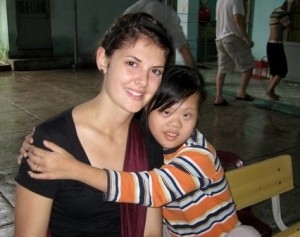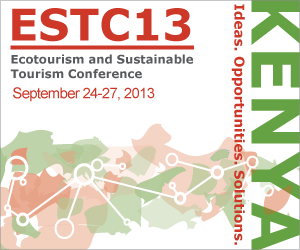Exclusive Discount for Responsible Tourism Business
2013 Wild Asia Responsible Tourism Awards Media Partner ‘SOST’ is offering an exclusive advertising discount to Wild Asia fans.
Spotlight on Sustainable Tourism (SOST) is a trade journal for stakeholders in the travel and tourism industry. The journal’s mission is to motivate tourism businesses, big and small, to adopt sustainable business practices with the message that sustainable tourism is ‘Good for the Planet and Good for Business’.
SOST is read by a diverse audience consisting of professionals in the tourism industry, tourism business owners, destination marketers and academia. It has particularly found favour with those interested in sustainable and responsible tourism. SOST is published bimonthly (six issues per year). It appears the last Thursday of the month of the cover date.
- 35% discount (off regular price) for Wild Asia fans – quote ‘WILD ASIA’
- Exposure to over 10,000 readers across Asia with an interest in responsible tourism, and another 90,000 worldwide
- Advertise in the June, August and October 2013 issues to avail the discount
- Feature in our 2013 Wild Asia Responsible Tourism Awards SPECIAL ITB Asia addition, October 2013
- Contact advertise@sostinternational.com for more information
- To know more about SOST, visit: www.sostinternational.com









